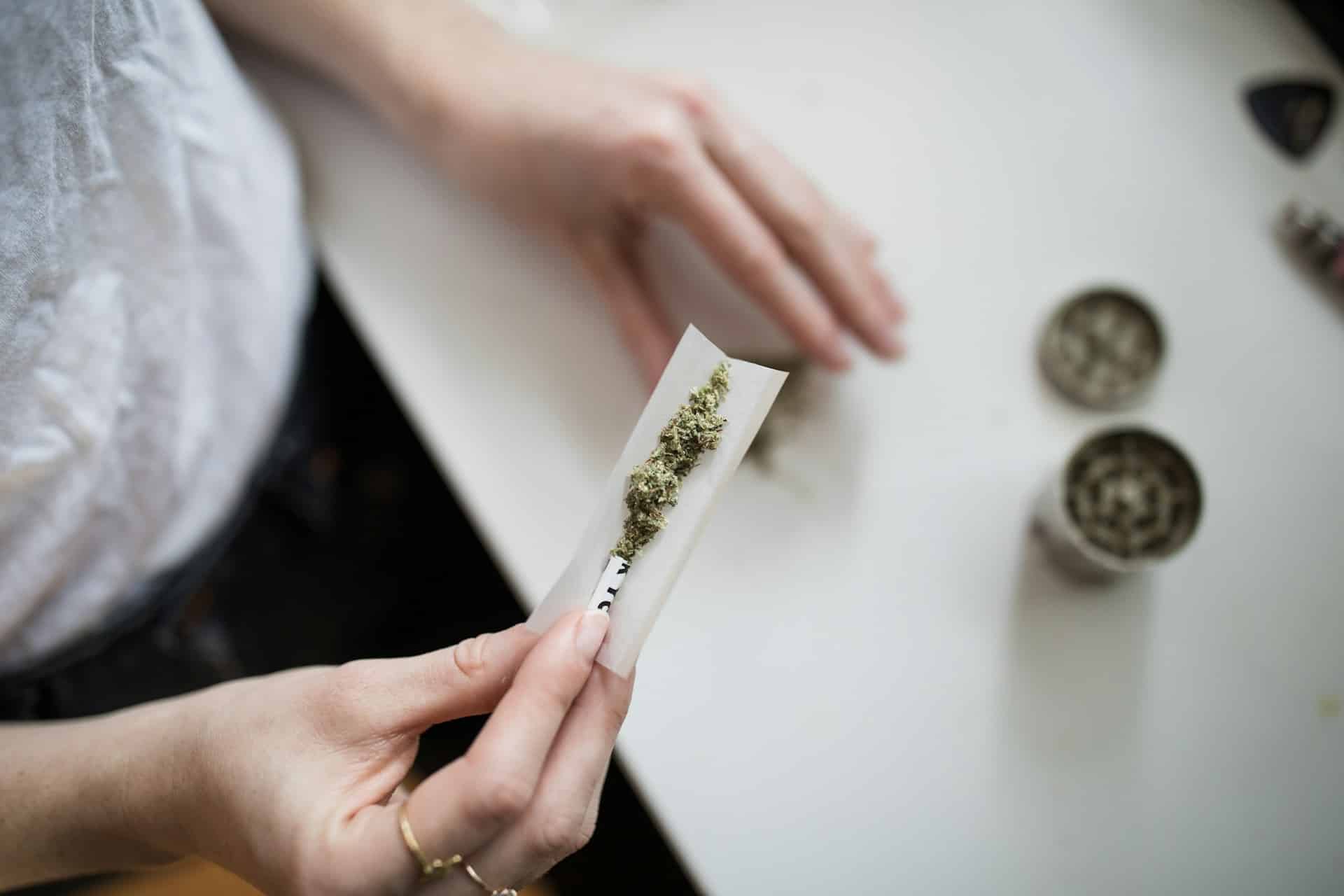It’s heartening to know that, overall, today’s teenagers are making healthier choices. Yet for many parents, educators, and caregivers, concerns around youth mental health and risky behaviors still loom large. Thankfully, new data from the Youth Risk Behavior Surveillance System (YRBSS), a long-standing initiative from the Centers for Disease Control and Prevention (CDC), offers a clearer understanding of what’s improving—and where focused support is still needed.
The YRBSS has tracked high school students’ health behaviors since 1991, collecting responses from more than 250,000 teens over the years. This deep well of information allows researchers to pinpoint key trends and assess progress.
Teen Alcohol and Cannabis Use Are Declining
One of the most promising findings: alcohol and cannabis use among adolescents is on the decline. In 2001, about three out of four 12th graders reported using alcohol within the past year. By 2023, that figure dropped to just 46%. Binge drinking has also decreased substantially, reflecting a cultural shift among teens toward more health-conscious behavior.
Cannabis use, while historically more stable, has also seen a downward trend since its peak in the mid-1990s—even with legalization expanding in several states. This suggests that broader availability hasn’t led to widespread increases in youth usage, at least at the national level.
For At-Risk Teens, Trends Look Different
However, researchers at Duke University School of Medicine recently raised a critical point: these positive shifts may not apply equally to all adolescents. Specifically, the team explored whether teens experiencing suicidal thoughts and behaviors (STB) followed the same declining patterns in substance use.
Their findings, published in the Journal of Adolescent Health, indicate that while alcohol consumption among teens with STB has declined somewhat, it hasn’t dropped as dramatically as it has among their peers. Even more concerning, cannabis use among this vulnerable group remained virtually unchanged.
These results highlight a crucial nuance. Broad public health trends are important—but they can mask the challenges faced by those at higher risk. The Duke researchers, led by Shayna Cheek and Jeremy Grove, argue for tailored mental health screenings and more personalized interventions that meet these teens where they are.
A Balanced Outlook
While it’s important to celebrate the overall progress, this new research is a timely reminder that not every teen benefits equally from societal shifts. It calls for a more nuanced, inclusive approach—one that ensures young people dealing with mental health struggles aren’t left behind.
As caregivers, educators, and community members, we play a vital role in supporting this next generation—not just by acknowledging what’s working, but by committing to meet the unique needs of those still struggling. Continued progress depends on it.
Together, we can create a culture of attentiveness, empathy, and support that helps all teens—not just the majority—grow up feeling seen, heard, and valued.
Image Source: Unsplash



































